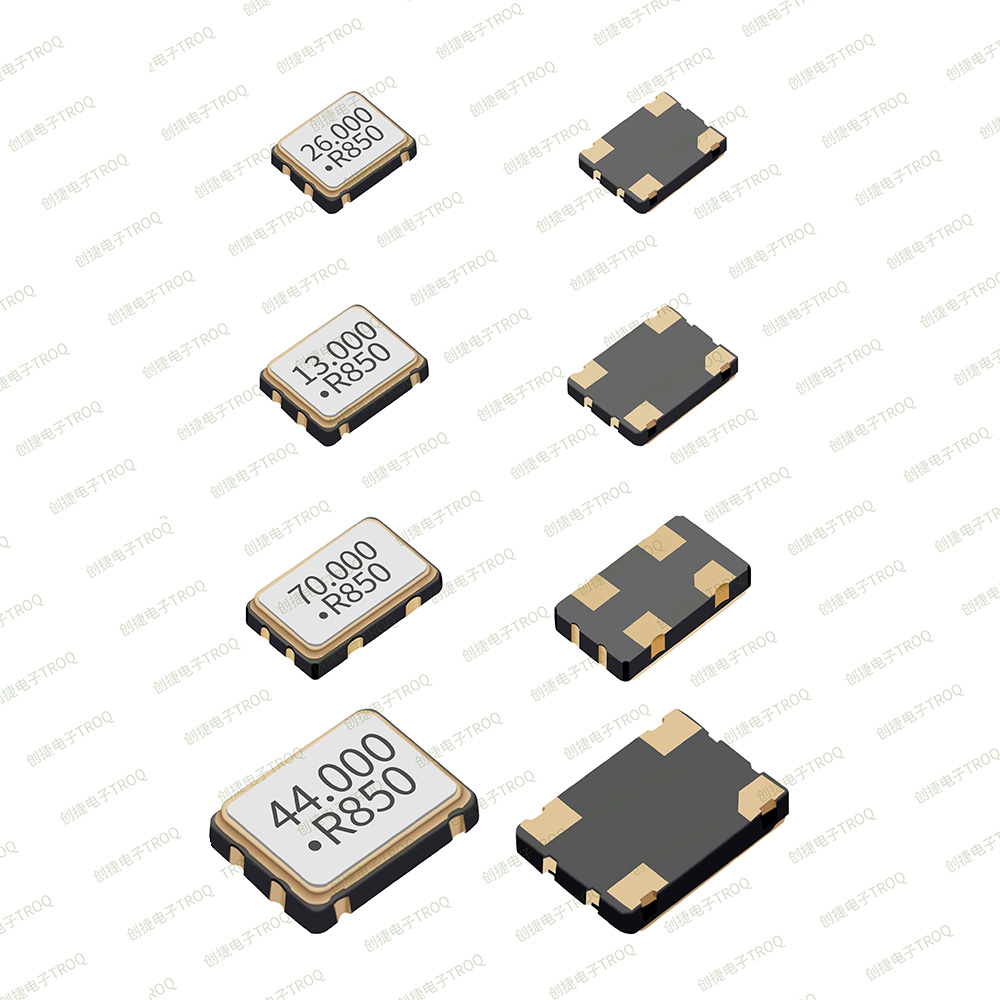Introduction to the principle, characteristics and applications of oscillators
The oscillator is a kind of physical and chemical instrument which is combined with a controlled waiting temperature water bath and oscillator, and it is an indispensable laboratory facility for animal, biological, microbiological, genetic, viral, environmental protection, medical and other scientific research, cultural and consumer units to make fine preparation.
The oscillator consists mainly of an LC circuit with capacitors and inductors, which can oscillate freely through the mutual conversion of electric and magnetic field energy. In order to maintain oscillation, an amplifier circuit with positive feedback is required. LC oscillators are divided into transformer-coupled and three-point types, many quartz crystal oscillators use time-responsive crystals, and LC oscillators consist of integrated operational amplifiers

Oscillator working principle:
There is an LC circuit consisting mainly of capacitors and inductors, which can oscillate freely by the mutual conversion of electric and magnetic field energy. To maintain the oscillation, an amplifier circuit with positive feedback is required. Because the parameters of the devices cannot be identical, the state of both triodes changes at the moment of power-up, and this change becomes more and more violent due to the positive feedback, resulting in a transient. During the transient, the other triode is gradually charged by the capacitor and then conducts or cuts off, and the state reverses to reach another transient. This repeatedly forms an oscillation.
如何使用振荡器:
1. Fill the test bottle and keep it balanced. If it is a dual function model, set the oscillation mode.
2. Turn on the power, set the timing time according to the scale on the surface of the machine, if you need to work for a long time, set the timer to the "normally open" position.
3. Turn on the power switch and set the thermostat:
(1) Place the small control switch in the "setting" section. At this point, the temperature shown on the display is the set temperature. Adjust the knob to set it to the temperature you need for your work. (The working temperature you set should be higher than the ambient temperature. At this point the machine begins to warm up, the yellow light is on, otherwise the machine will not work.)
(2) the control part of the small switch placed in the "measurement" end. At this time, the temperature shown on the display is the actual temperature of the air in the test chamber. As the indoor air temperature changes, the displayed figure will also change.
(3) When the heating reaches the desired temperature, the heating will stop automatically and the green indicator light will be on; when the heat dissipation of the test chamber is lower than the temperature you set, a new round of heating will start again.
4. Open the oscillating device:
(1) Turn on the oscillation switch on the control panel, the indicator light is on.
(2) Adjust the oscillation speed knob to the desired oscillation frequency.
5. Cut off the power after work and turn the speed control knob and temperature control knob to the low point.
6. Clean the machine and keep it clean.
The main features of the speed-controlled oscillator: the spring-loaded vial test stand is particularly suitable for the incubation and preparation of biological samples for various comparative experiments. Equipped with mechanical timing. Stepless speed regulation, easy to operate.









